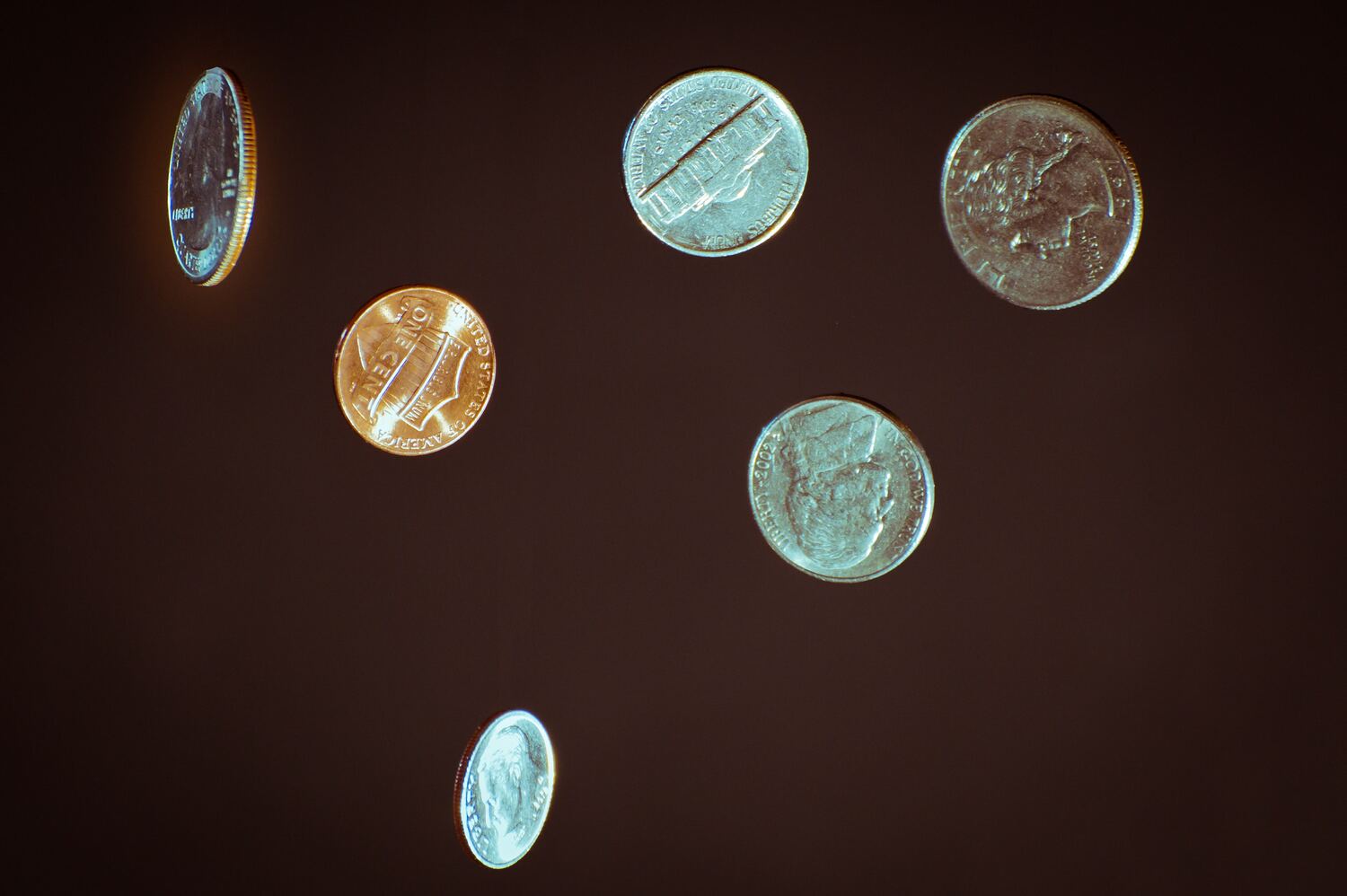If you’re going to bet on an outcome, you’d like to know every detail that could help you get above the 50% threshold of being right, particularly if there are only two choices.
You may assume that a coin flip doesn’t offer exactly a 50 percent chance of being heads or tails, although the reasoning may be fuzzy (what type of coin, who’s flipping it, etc.). However, according to new scientific research led by a Ph.D. candidate at the University of Amsterdam, fair coins tend to land slightly more on the same side they started.
How Your Brain Decides To Make High Risk Decisions
Biomedical engineering study doubles down on research into gambling decisions.The team of 47 flippers/scientists conducted a record-setting 350,757 flips to prove (or disprove) a model created by Diaconis, Holmes, and Montgomery in 2007 that suggested that when flipping an ordinary coin, it will land on the same side it started on 51% of the time (note that these flips are not biased toward starting on heads or tails; the side you start on is agnostic).
The new research pretty much backed up the 2007 study, which suggested the same-side bias occurred because “airborne coins don’t turn around their symmetrical axis; instead, they tend to wobble off-center, which causes them to spend a little more time aloft with their initial ‘up’ side on top,” as noted by Scientific American. The new study concurred, noting that coins landed with the same side facing upward as before the toss 50.8% of the time.
If you want to watch some of the research that went into the coin tossing, there’s a video from some of the study’s participants from late 2022 below:
While one percent isn’t a huge advantage, it is an advantage most people are unaware of. As František Bartoš, the head of the study, told Scientific American: “If you asked me to bet on a coin, why wouldn’t I give myself a one percent bias?”
The Charge will help you move better, think clearer and stay in the game longer. Subscribe to our wellness newsletter today.
